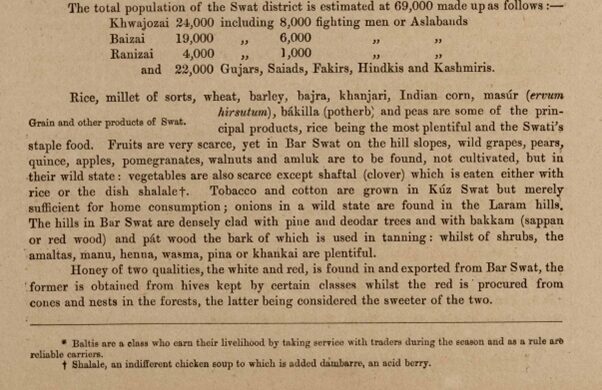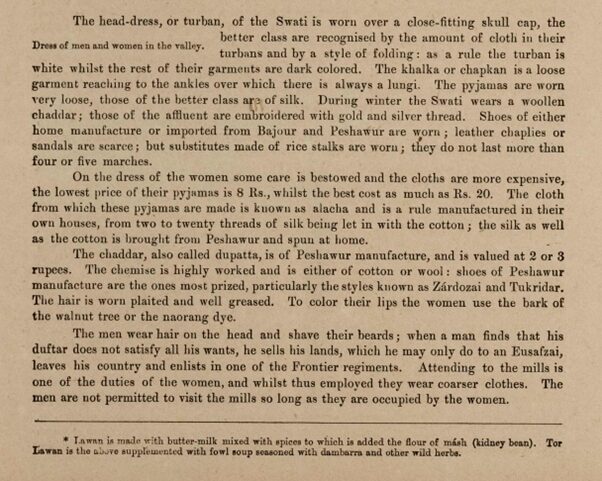The explorations of William Watts McNair
Published this week, Central Asia, Persia and Afghanistan, 1834-1922: From Silk Road to Soviet Rule - the latest addition to AM’s Archives Direct platform - showcases a wealth of documents from the UK National Archives relating to a vast geographical area, ranging from the Black Sea in the west and the Pamir Mountains in the east.
This was the scene of the “Great Game”, a struggle for supremacy between the British and Russian Empires, where diplomats, agents, and military officers representing the two powers competed for political influence, territory, and trade.
However, this collection does not simply provide a detailed record of a tense diplomatic confrontation. Three departments of Britain’s central government (the Foreign, India and War Offices) took a particular interest in the region and regularly shared intelligence, correspondence, and reports on a range of subjects. The files included here consequently provide snapshots of the region’s peoples and cultures – albeit replete with the prejudices of nineteenth-century officialdom - along with strategic and political concerns.
One typical volume, FO 65/1248, comprises materials created and/or received by the Foreign Office in August 1885. Along with documents concerning the activities of the former Emir of Afghanistan Ayub Khan, Russian troop concentrations, national borders and military infrastructure, is a confidential report on William Watts McNair’s ‘Explorations in part of Eastern Afghanistan and Kafiristan’, undertaken in 1883.
An employee of the Survey of India, McNair’s journey was taken while on leave - a subterfuge taken to evade orders banning British officers from exploring the region, at least in an official capacity. His 46-page narrative includes a wealth of both qualitative and quantitative detail, including records of dress, cuisine, customs, religious life, healthcare, military organisation and political structures, although it is worth noting that the author was often critical or judgemental, imposing preconceptions typical of a member of the colonial elite onto what he observed.
McNair’s report found praise within both the British government and the Royal Geographic Society, and perhaps even inspired some of the works of Rudyard Kipling. McNair’s comments on the Swat district, perhaps best known today as the home of Malala Yousafzai, provide an example of the exhaustive levels of detail he saw fit to record:

TNA FO 65/1248, f.65r. Image © The National Archives, Kew. Further reproduction is prohibited without permission.

TNA FO 65/1248, f.66r. Image © The National Archives, Kew. Further reproduction is prohibited without permission.
Critics have questioned a number of McNair’s claims, casting doubt upon whether he had even visited certain areas. Nevertheless, his report provides us not only with a record of life in a region that few Europeans had then visited, but also what an ambitious geographer thought important to record, and the prism through which he observed it.
About the collection
Central Asia, Persia and Afghanistan, 1834-1922: From Silk Road to Soviet Rule is out now.
Recent posts

The blog highlights American Committee on Africa, module II's rich documentation of anti-apartheid activism, focusing on the National Peace Accord, global solidarity, and student-led divestment campaigns. It explores the pivotal role of universities, protests, and public education in pressuring institutions to divest from apartheid, shaping global attitudes toward social justice and reform.

This blog examines how primary sources can be used to trace the impact of young voices on society, particularly during pivotal voting reforms in the UK and the US. Explore materials that reveal insights into youth activism, intergenerational gaps, and societal perceptions, highlighting their interdisciplinary value for studying youth culture, activism, and girlhood across history.
